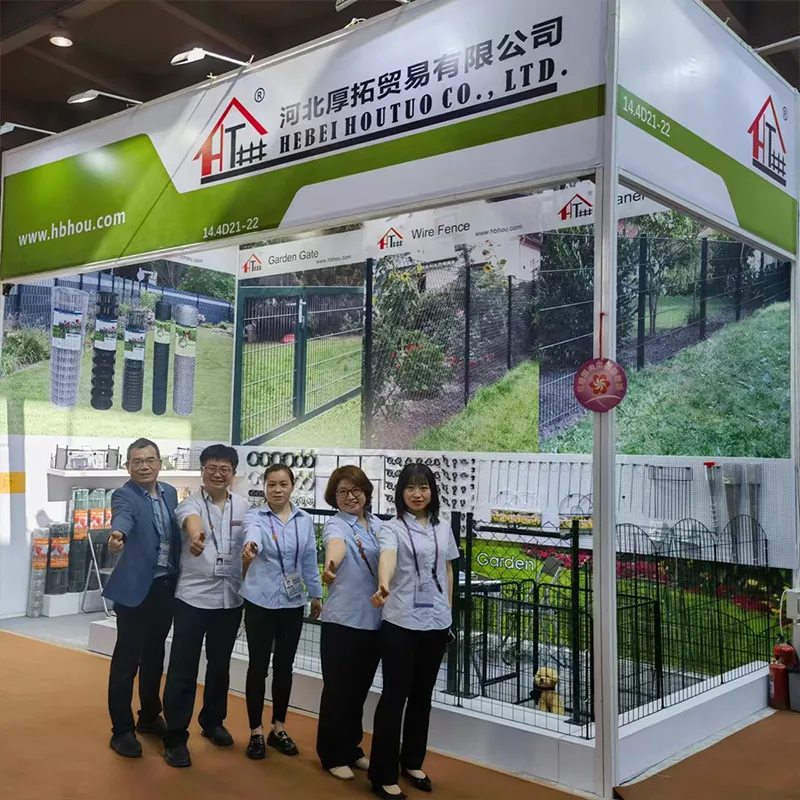The Wild Hog Corral Trap A Solution to Invasive Species Management
Wild hogs, also known as feral swine, have increasingly become a significant concern in many regions around the world. Their rapid reproduction rates, adaptability, and omnivorous diets allow them to thrive in various environments, often leading to ecological imbalances and agricultural damage. The wild hog corral trap is an effective tool employed by wildlife management professionals and landowners to control these invasive creatures.
The wild hog corral trap is a specially designed enclosure that attracts and captures wild hogs
. The design typically consists of sturdy materials such as metal or heavy-duty plastic, structured to withstand the strength and persistence of these animals. The trap often features an open entrance that can be triggered to close once a sufficient number of hogs have entered, ensuring that they are effectively ensnared.One of the primary advantages of using a corral trap is its ability to capture multiple hogs at once. This is particularly beneficial given the social nature of wild hogs; they often travel in groups, making it easier to capture several animals in a single operation. By targeting entire sounders (a group of wild hogs), landowners can significantly reduce the local population, minimizing the damage caused to crops and native wildlife.
The effectiveness of the trap largely hinges on proper baiting. Wild hogs are omnivorous and have a diverse diet, which means various types of bait can be used to lure them in. Commonly used baits include corn, fruit, and commercial hog attractants. Placing the bait within the trap helps to draw the hogs in, and patience is often required, as it may take time for the animals to become comfortable approaching the trap.
wild hog corral trap

Setting up a wild hog corral trap requires careful planning and knowledge of hog behavior. It is crucial to select a strategic location that is frequented by the hogs, such as near feeding areas or along established trails. The trap should be unobtrusive, allowing wild hogs to investigate without feeling threatened. Additionally, the placement of the bait should encourage them to enter the trap fully, as half-hearted attempts will likely result in failure.
Monitoring the trap is also an essential aspect of the process. Regular checks are necessary to ensure that captured animals are handled humanely and efficiently. Once caught, the hogs can either be humanely euthanized, relocated, or utilized for food, depending on local regulations and the preferences of the trapper. It is crucial to adhere to ethical guidelines and legal requirements while managing the trapped animals.
Wild hog corral traps not only assist in managing invasive populations but also play an essential role in protecting native ecosystems. By reducing the number of wild hogs, landowners can help preserve local flora and fauna, as these animals are known for their destructive feeding habits. Their rooting and foraging can lead to soil erosion, loss of native plant species, and disruption of other wildlife habitats.
In conclusion, the wild hog corral trap is a highly effective and humane solution for managing the growing problem of wild hog populations. By understanding their behavior and employing strategic baiting methods, landowners can use these traps to significantly reduce hog numbers, thereby protecting their land and the surrounding environment. As awareness of the issues caused by feral swine grows, the development and implementation of such traps will continue to play a vital role in invasive species management efforts.
















